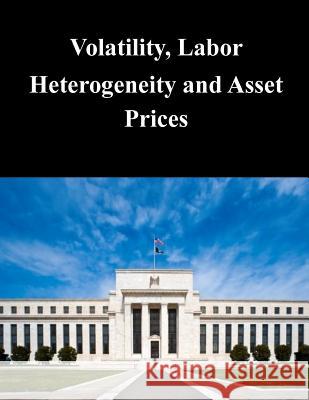Volatility, Labor Heterogeneity and Asset Prices » książka
Volatility, Labor Heterogeneity and Asset Prices
ISBN-13: 9781503287129 / Angielski / Miękka / 2014 / 50 str.
This study shows that a firm's reliance on skilled labor is an underlying determinant of its exposure to aggregate volatility risk. I present a model in which firms make hiring and firing decisions in an environment of time-varying aggregate volatility, and face linear adjustment costs that increase with the skill of a worker. In the model, an increase in aggregate volatility slows a firm's labor demand reaction to changes in economic conditions, reducing its ability to smooth cash flows. The rise in aggregate volatility has a more pronounced impact on firms with a high share of skilled labor because their labor is more costly to adjust. Therefore, the compensation for volatility risk and its contribution to risk compensation increases with a firm's reliance on skilled labor. I empirically test the implications of the model using occupational estimates to construct a measure of a firm's reliance on skilled labor, and find a positive and statistically significant cross-sectional relation between the reliance on skilled labor and expected returns. In times of high aggregate volatility, firms with a high share of skilled workers earn an annual return of 2.7% above those with a high share of unskilled workers. This spread reduces by one third in times when volatility is back to normal.
Zawartość książki może nie spełniać oczekiwań – reklamacje nie obejmują treści, która mogła nie być redakcyjnie ani merytorycznie opracowana.











